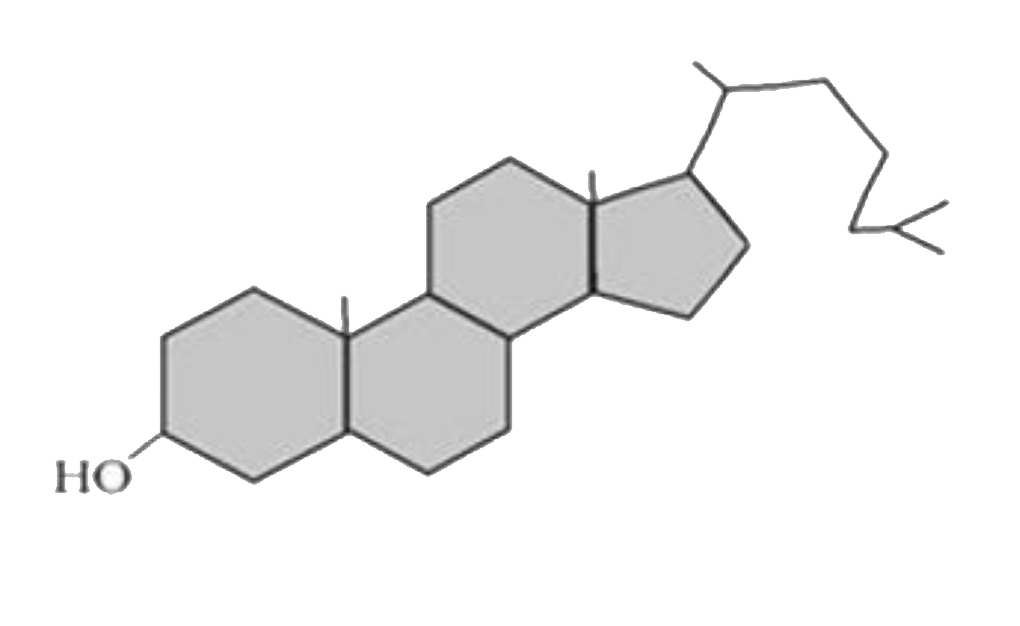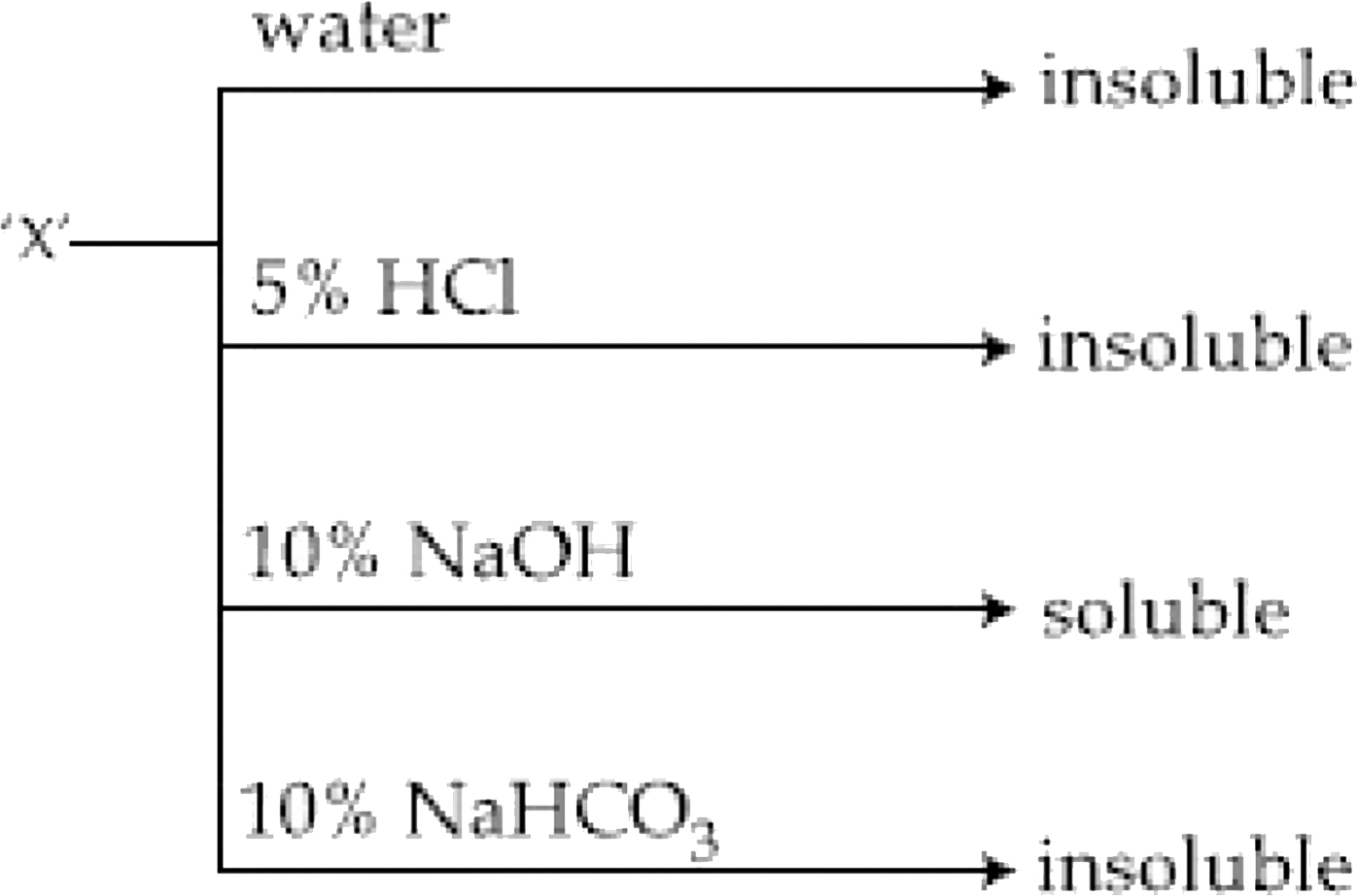The reaction of an organic compound with ammonia followed by nitration of the product gives a powerful explosive called RDX. The organic compound is
phenol
toluene
glyecrine
fomaldehyde.
The correct Answer is:B
To solve the question regarding the organic compound that reacts with ammonia and subsequently undergoes nitration to form RDX, we can follow these steps:
1. Identify the Final Product (RDX):
RDX, or Research Department Explosive, is a well-known powerful explosive. It is derived from the nitration of certain organic compounds.
2. Understand the Reaction Pathway:
The question indicates that the organic compound first reacts with ammonia and then undergoes nitration. This suggests that the compound must be one that can react with ammonia to form an intermediate product suitable for nitration.
3. Consider Common Organic Compounds:
A common organic compound that can react with ammonia is toluene. Toluene (C7H8) is a methyl-substituted benzene and is known to undergo various chemical reactions, including nitration.
4. Reaction of Toluene with Ammonia:
When toluene reacts with ammonia, it can form an aniline derivative. This step is crucial as it prepares the compound for the next nitration step.
5. Nitration of the Product:
The aniline derivative formed from toluene can then undergo nitration. Nitration typically involves the introduction of nitro groups (-NO2) into the aromatic ring. In the case of toluene, this can lead to the formation of trinitrotoluene (TNT).
6. Formation of RDX from TNT:
TNT can be further processed to produce RDX. The nitration of TNT introduces additional nitro groups, enhancing its explosive properties and resulting in RDX.
7. Conclusion:
Based on the above reasoning, the original organic compound that reacts with ammonia and subsequently undergoes nitration to form RDX is toluene.
Final Answer:
The organic compound is toluene.
---
RDX, or Research Department Explosive, is a well-known powerful explosive. It is derived from the nitration of certain organic compounds.
The question indicates that the organic compound first reacts with ammonia and then undergoes nitration. This suggests that the compound must be one that can react with ammonia to form an intermediate product suitable for nitration.
A common organic compound that can react with ammonia is toluene. Toluene (C7H8) is a methyl-substituted benzene and is known to undergo various chemical reactions, including nitration.
When toluene reacts with ammonia, it can form an aniline derivative. This step is crucial as it prepares the compound for the next nitration step.
The aniline derivative formed from toluene can then undergo nitration. Nitration typically involves the introduction of nitro groups (-NO2) into the aromatic ring. In the case of toluene, this can lead to the formation of trinitrotoluene (TNT).
TNT can be further processed to produce RDX. The nitration of TNT introduces additional nitro groups, enhancing its explosive properties and resulting in RDX.
Based on the above reasoning, the original organic compound that reacts with ammonia and subsequently undergoes nitration to form RDX is toluene.
The organic compound is toluene.
Similar Questions
The purity of an organic compound is determined by
View SolutionThe sodium extract of an organic compound on acidified with acetic acid and addition of lead acetate solution gives a back precipitate.
The organic compound contains :
View SolutionFor the purification of organic compounds, the latest technique followed is
View SolutionMost abundant organic compound on earth is
View SolutionMost abundant organic compound on earth is
View SolutionDecreasing order organic compound in protoplasm is
View SolutionThe following organic compound in living tissue is

View SolutionDuring the fusion of an organic compound with sodium metal, nitrogen of the organic compound is converted into
View SolutionAn organic compound x showing the following solubility profile is:

View SolutionWhich of the following is an organic compound
View Solution
